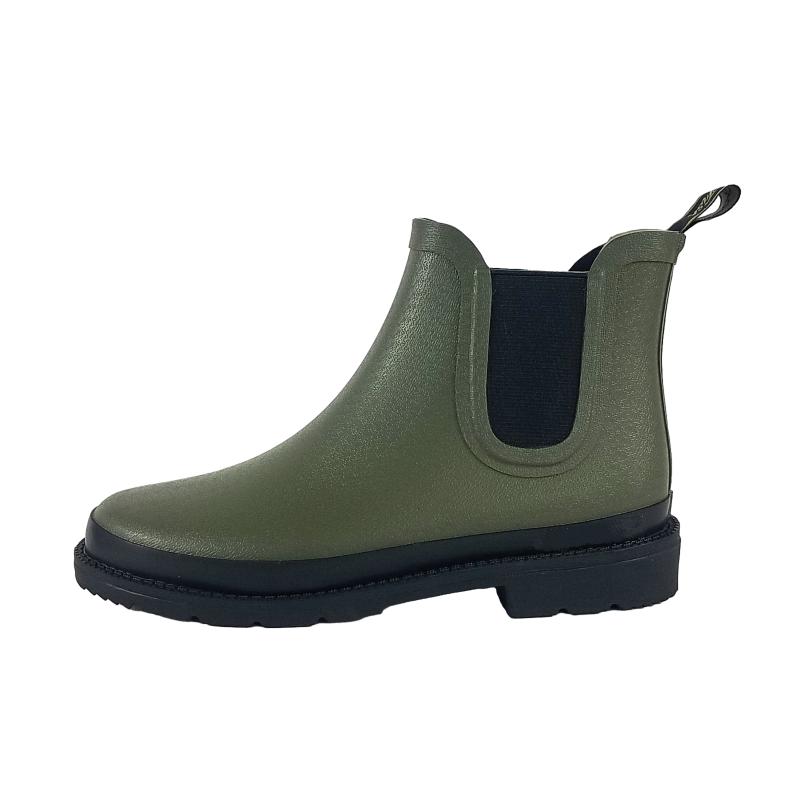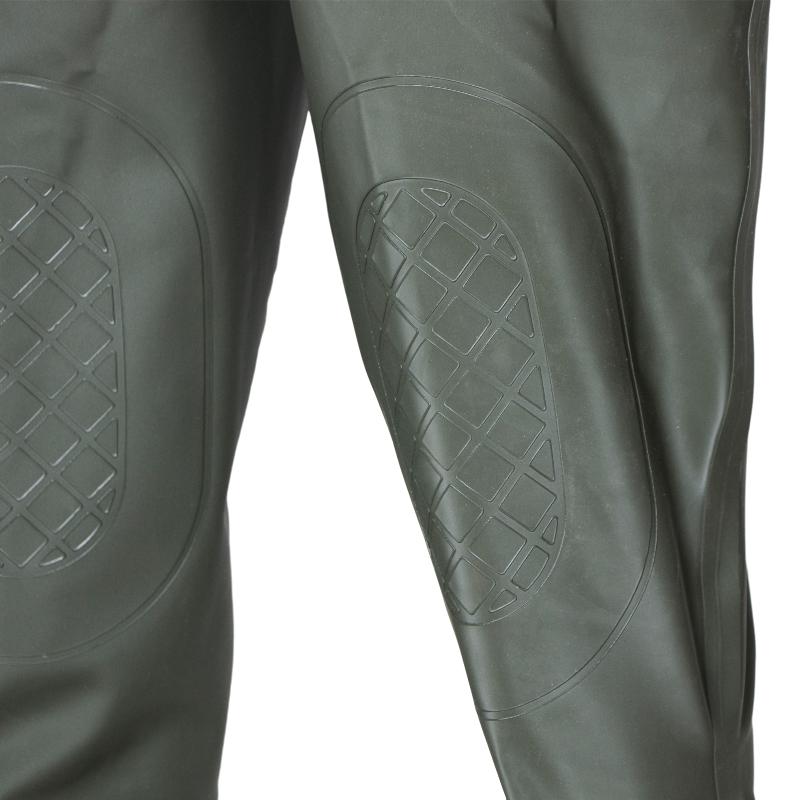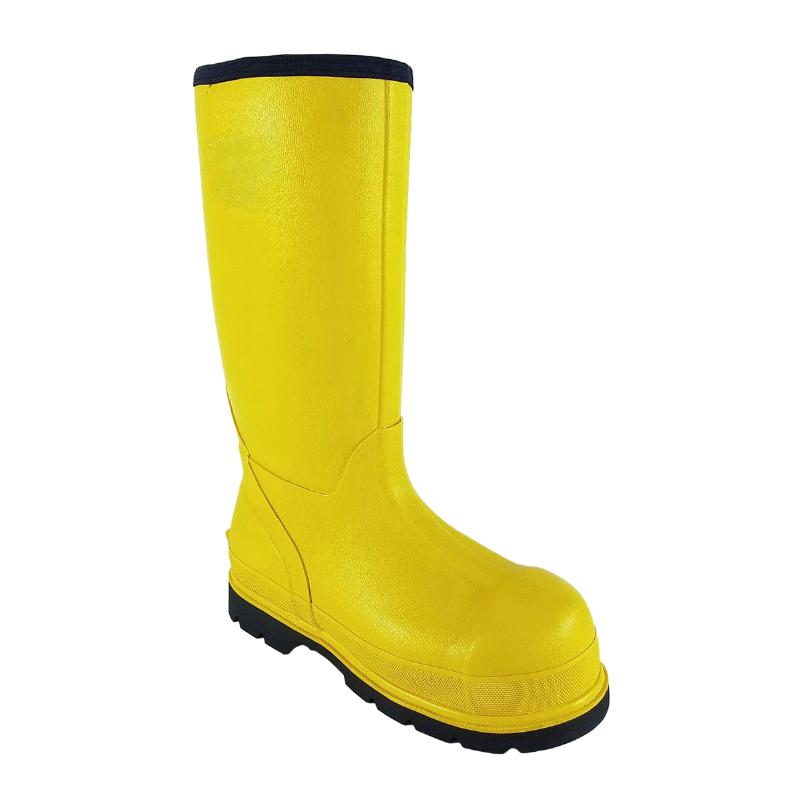The skin of an adult person is, in most places, covered with a relatively thick (∼10 μm) barrier of keratinised dead cells. One of the main questions is still whether TiO2 NPs are able to penetrate into the deeper layers of the skin. The majority of studies suggest that TiO2 NPs, neither uncoated nor coated (SiO2, Al2O3 and SiO2/Al2O3) of different crystalline structures, penetrate normal animal or human skin. However, in most of these studies the exposures were short term (up to 48 h); only few long-term or repeated exposure studies have been published. Wu et al.83 have shown that dermal application of nano-TiO2 of different crystal structures and sizes (4–90 nm) to pig ears for 30 days did not result in penetration of NPs beyond deep epidermis. On the other hand, in the same study the authors reported dermal penetration of TiO2 NPs with subsequent appearance of lesions in multiple organs in hairless mice, that were dermal exposed to nano-TiO2 for 60 days. However, the relevance of this study for human exposure is not conclusive because hairless mice skin has abnormal hair follicles, and mice stratum corneum has higher lipid content than human stratum corneum, which may contribute to different penetration. Recently Sadrieh et al. performed a 4 week dermal exposure to three different TiO2 particles (uncoated submicron-sized, uncoated nano-sized and coated nano-sized) in 5 % sunscreen formulation with minipigs. They found elevated titanium levels in epidermis, dermis and in inguinal lymph nodes, but not in precapsular and submandibular lymph nodes and in liver. With the energy dispersive X-ray spectrometry and transmission electron microscopy (TEM) analysis the authors confirmed presence of few TiO2 particles in dermis and calculated that uncoated nano-sized TiO2 particles observed in dermis represented only 0.00008 % of the total applied amount of TiO2 particles. Based on the same assumptions used by the authors in their calculations it can be calculated that the total number of particles applied was 1.8 × 1013 /cm2 and of these 1.4 x107/cm2 penetrated. The surface area of skin in humans is around 1.8 m2 and for sun protection the cream is applied over whole body, which would mean that 4 week usage of such cream with 5 % TiO2 would result in penetration of totally 2.6 × 1010 particles. Although Sadrieh et al.concluded that there was no significant penetration of TiO2 NPs through intact normal epidermis, the results are not completely confirmative.


 Whether you prefer a full-length wader for extended or a shorter pair for more confined spaces, there's a rubber wader that will fit your body and your fishing style Whether you prefer a full-length wader for extended or a shorter pair for more confined spaces, there's a rubber wader that will fit your body and your fishing style
Whether you prefer a full-length wader for extended or a shorter pair for more confined spaces, there's a rubber wader that will fit your body and your fishing style Whether you prefer a full-length wader for extended or a shorter pair for more confined spaces, there's a rubber wader that will fit your body and your fishing style
 The simplicity of the black hue also allows for creative expression through the addition of colorful socks or playful patterns under the hemline The simplicity of the black hue also allows for creative expression through the addition of colorful socks or playful patterns under the hemline
The simplicity of the black hue also allows for creative expression through the addition of colorful socks or playful patterns under the hemline The simplicity of the black hue also allows for creative expression through the addition of colorful socks or playful patterns under the hemline They are suitable for outdoor activities such as fishing, hunting, or hiking through damp environments They are suitable for outdoor activities such as fishing, hunting, or hiking through damp environments
They are suitable for outdoor activities such as fishing, hunting, or hiking through damp environments They are suitable for outdoor activities such as fishing, hunting, or hiking through damp environments
